Starlink is the renowned satellite Internet service that provides connectivity even in the most remote corners of the planet. After a month of testing Starlink under various conditions, I am ready to share the complete truth about Elon Musk’s brainchild.
Содержание
What is Starlink?
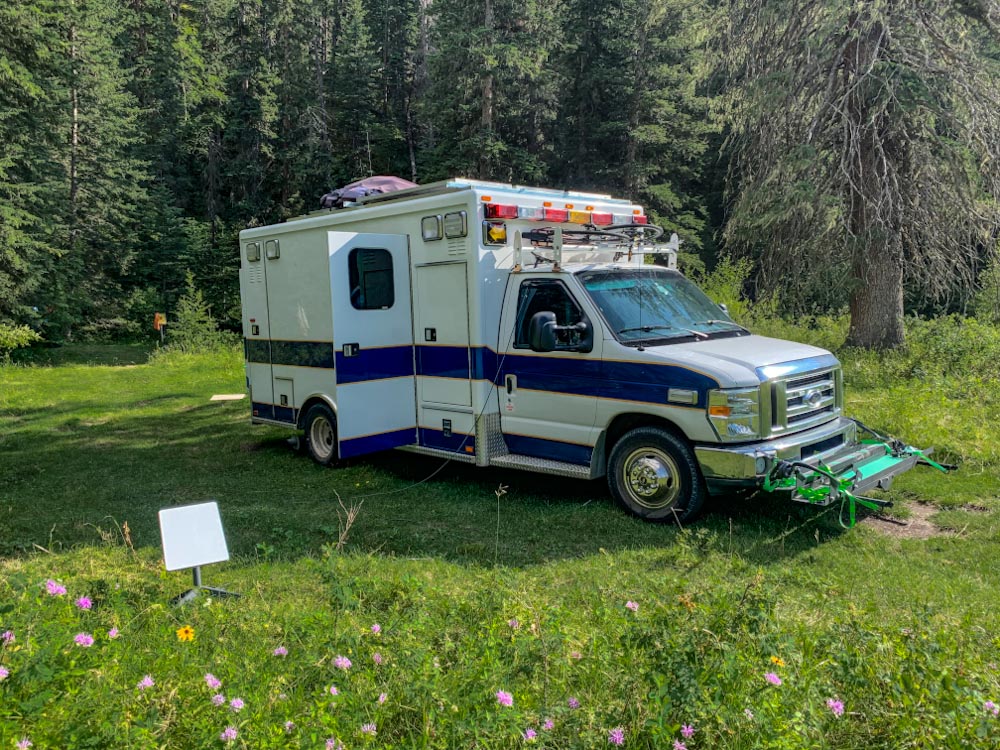
Starlink is a satellite Internet service from SpaceX, promising to connect the entire world with high-speed Internet access, even in areas without mobile connectivity.
The service uses a vast constellation of low Earth orbit (LEO) satellites to transmit data signals, resulting in lower latency compared to geostationary satellite systems. As of early 2023, there are more than 4,000 satellites in orbit.
How much does it cost and where can you buy it?
You can order the device on the official website. It is also available for purchase at some Best Buy stores in the US.
Life hack: When ordering from the official website, you will have to pay for shipping. However, if you order from the Amazon website, shipping is included in the price!
Prices:
- The device costs $600.
- Monthly internet fee: $150 if your account address is on the same continent as your internet services, or $230 per month for the Global Mobile plan for international travelers (but only on land). Offshore coverage is more expensive.
- The tariff can be paused for free for a while until it is needed.
In this review, I will focus on the plan for $150 per month. It is the most popular plan among RV-travelers.
What download speed should you expect?
The $150 mobile plan can provide download speeds from 50 Mbps to 150 Mbps, and upload speeds from 20 Mbps to 40 Mbps.
Internet speed depends on several factors:
- The number of users in your area. Priority is given for residents of the region who have connected Starlink at home. The remaining Internet is “shared” between the owners of the mobile plan (which is one we have).
- Weather may affect the connectivity. However, in my experience, the Internet works well even during a thunderstorm.
- The barrier between the device and the sky. In the deepest part of the forest, you may not be able to connect. So it is important to place the Starlink device in the open land.
Starlink internet coverage
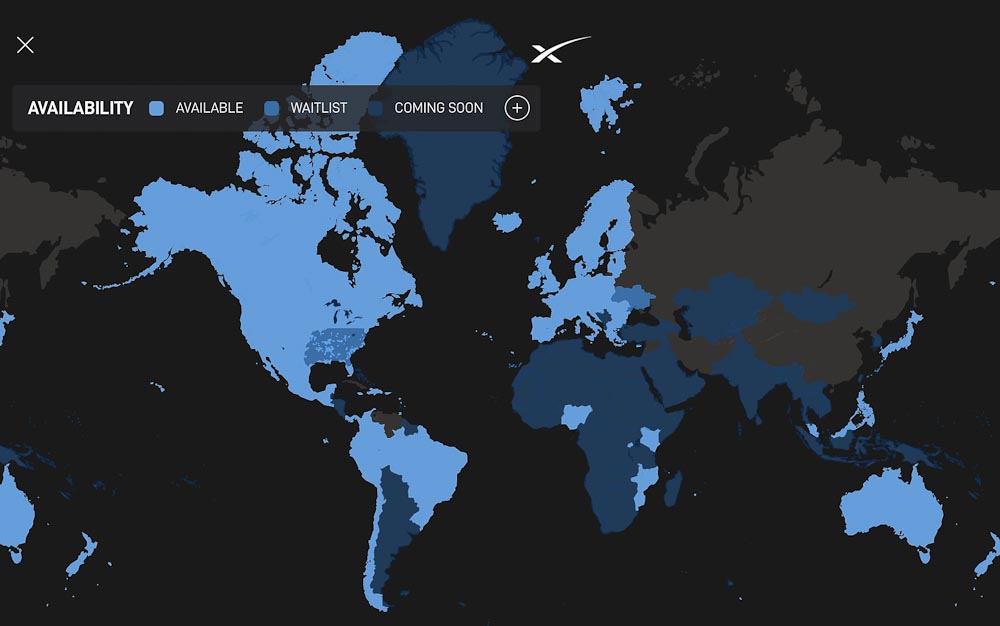
During the beta testing phase, the service was primarily available in parts of North America, Europe, and parts of Asia. However, Starlink continues to expand, and its coverage is steadily growing. The goal is to provide global coverage, even in regions where there is no Internet access at all.
At the moment, Starlink works well in North America (Canada, USA, Mexico), Europe, as well as in some countries in South America and Africa.
Countries where Starlink is blocked: Turkey, South Africa, Vanuatu.
Coverage varies by country and changes every day. Please correct me in the comments if this information is outdated.
For up-to-date information, you can check the official website: https://satellitemap.space/
Who should buy Starlink (and who shouldn’t)
Satellite Internet is useful for:
- Digital nomads who depend on the internet while on the road.
- Travelers who like to spend time in nature away from cities.
- Those who live in the countryside or remote areas.
- And most importantly – RV travelers, the so-called van-lifers.
Read also: Road Trippin’ USA: A Complete Guide to Van Life [2023]
Who should not buy Starlink:
- Backpackers, since it cannot be carried in a backpack.
- Tourists who prefer cities and residents of cities – there is already great Internet available there.
- Gamers and anyone who needs very fast and powerful Internet.
So, let’s take a closer look.
Pros and cons of Ilon Mask’s satellite internet
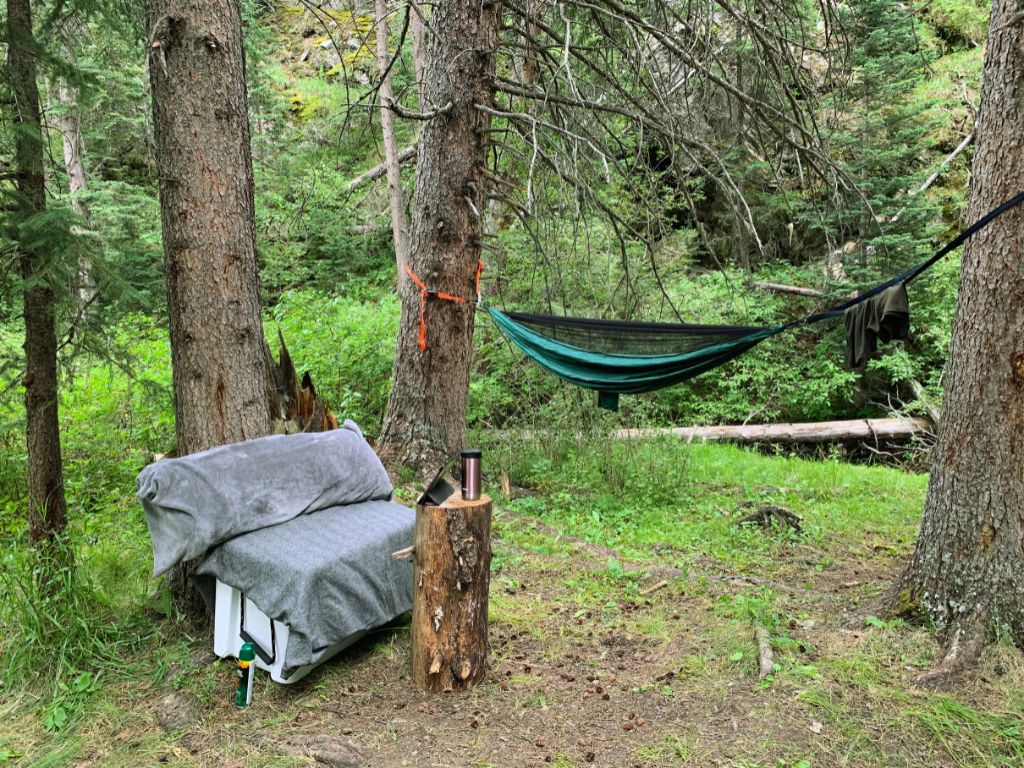
Pros
- Internet access where there is no mobile signal. You can stay connected even in villages or forests. As RV travelers who often stop in remote natural areas, Starlink is a real lifesaver for us. Otherwise, we would have to stay in paid campsites or rely on mobile phone Internet.
- Good internet speed for working with text, photos, video calls, and watching movies. I conducted a speed test, and on average, it was 65 Mbps.
- Quick and easy setup. Installing the new Starlink took us ten minutes. No need to call a technician, lay wires, or perform complicated setups.
- Promising future. With more satellites being launched, the Starlink network will expand, potentially leading to higher speeds and broader coverage over time.
- Competitive prices. In our case, Starlink is the only option. It costs just twice as much as the unlimited mobile plans that suit us in the USA. Although there is an initial investment in the device, the ability to work from beautiful and free locations ends up saving us a lot of money.
Cons
- High price compared to mobile internet. Before purchasing, you should weigh the pros and cons. For many, buying Starlink may not be justified.
- Power consumption. In our motorhome, the main power source is three 200W solar panels (600W in total) that charge 280 amp lithium batteries. Starlink “eats” at least a quarter of our charge per day when used for 10-12 hours. I’m providing these numbers so you can compare them with your batteries, as many people travel in motorhomes with just one small battery (how do you manage?).
- Device weight. Starlink is a giant, heavy device about the size of a 60-liter backpack and needs to be plugged into an outlet. It is not suitable for hiking or on-the-go usage.
- Internet speed. Yes, this point was mentioned in the “pros of Starlink” section. Although we are satisfied with its speed, it cannot be compared to home Internet. Downloading “heavy” files takes too long, and it is not suitable for online gaming or other data-intensive activities.
- Starlink cannot be used in moving vehicles. A device with such a function has already been created, but it is still very expensive. We’ll have to wait for it!
Conclusion: Should You Buy Starlink?
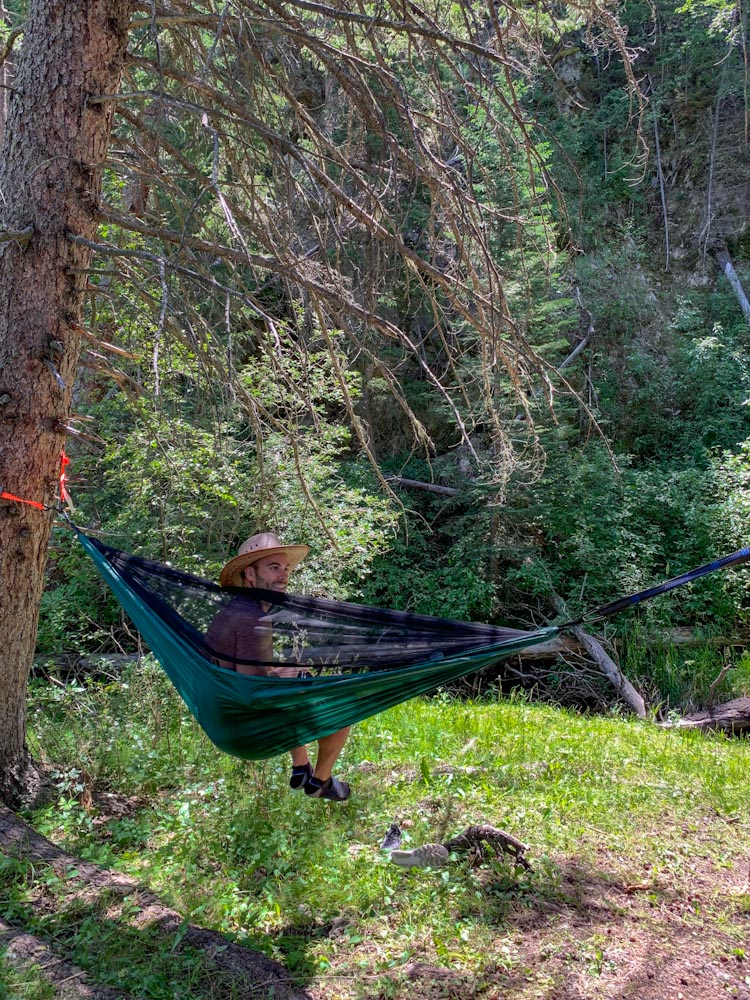
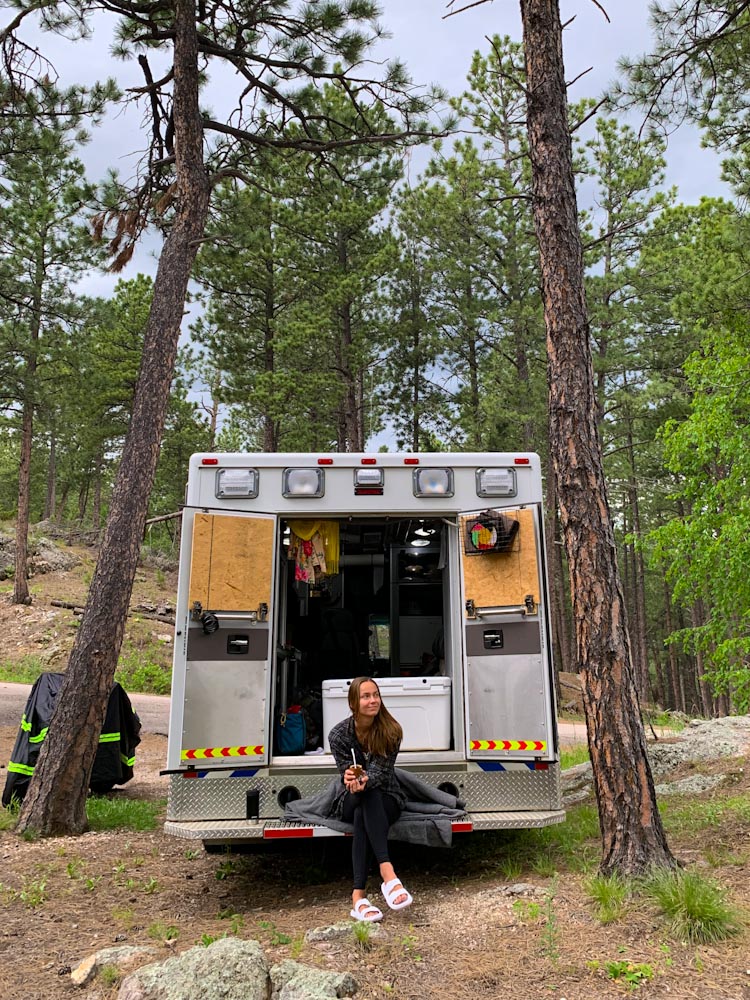
Starlink is a real breakthrough. Despite all the disadvantages, Elon Musk has created a revolutionary product and made it available to ordinary people.
I have always loved remote corners of the world, jungles, and mountains, but I couldn’t stay there for long because of work. Now I can camp anywhere and work without problems! Nomadic life is becoming more accessible and interesting.
Read also: Guide to South Dakota — Land of Indians and Cowboys.